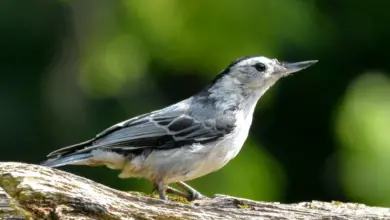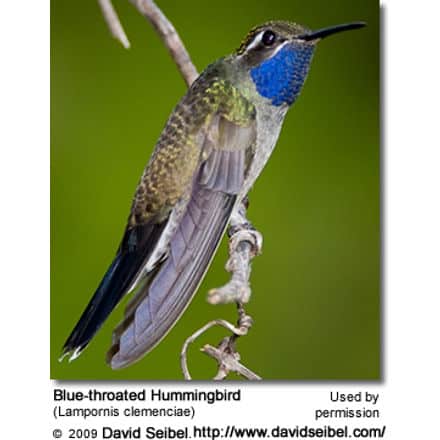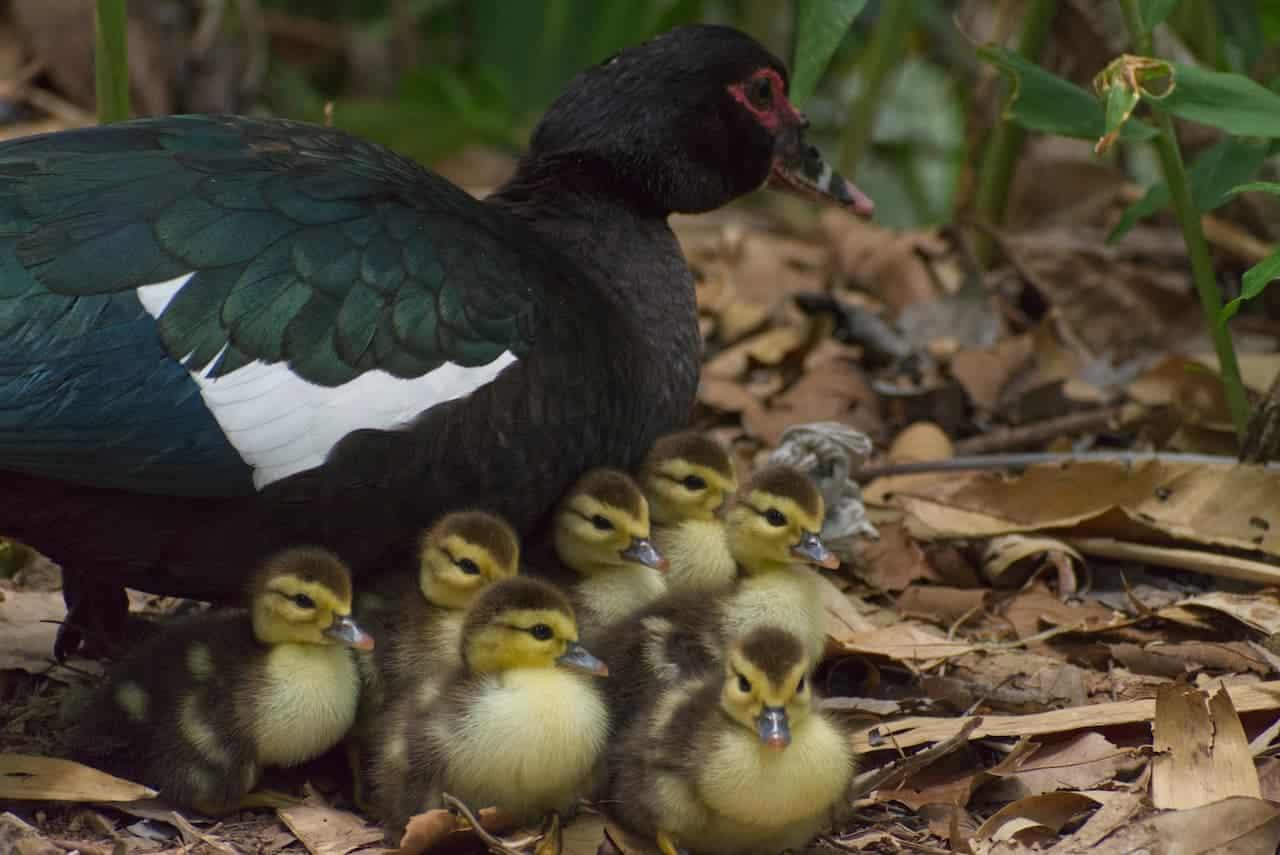Fife Canaries
The information is from Fifecanary.org – Peter Ailwood and James Hart:
“Why Keep Fife Canaries”
The hobby of keeping the Canaries has been around for a very long time, and with time there come a lot of truths and fallacies. This website has been designed to be simple, and with the tried methods that the author of each article has used. The particular breed of Canary that is covered here is the Fife; a small Canary that is often said to breed like rabbits; which to the beginner gives the thrill of breeding and multiplication.
The Fife Canary is very easy to keep, is hardy, and suffers from few diseases. The Fife in Australia is reasonably cheap to purchase and comes in all of the canary colors.
The Cock Fife is a brilliant singer and is often kept just for the singing. The elderly often keep a Canary as a companion and the Fife can be a joy to keep and own with little effort or fear of illness.
Watching young birds develop and grow with the expectation of the perfect bird in every respect; beautiful color, perfect shape, just the correct length, standing perfectly on the perch. To the expert a show winner, to the hack a beautiful bird. Both can say, “I bred that Canary”.
“How to Keep Fife Canaries”
If you keeping a single bird as a companion you can use an all-wire cage that you buy from a Pet Shop or Produce Store. Remember to keep your bird out of strong drafts and it helps to cover the cage at night. Make sure your bird has plenty of clean water and seed and give a little greens each day.
If you going to breed, then to have a consistent breeding quantity and quality, however, you need to breed in a smaller cage that is closed in on all sides except for a wire front. A cage like this is often referred to as a breeding box and when there are many separate compartments is known as a breeding cabinet. In each box, you would only have 1 hen [girl] and 1 cock [boy]. This gives the breeder the ability to create a more consistent quality and also is a more reliable method than an Aviary
You can also keep the Fife in an aviary. At a minimum, the aviary must have a closed-in area for protection from the cold, wind, and wet. Be particularly careful in colder climates as Canaries don’t like to be chilled. When breeding in an aviary you usually have more hens than cocks, to avoid the cocks fighting. Breeders who show, keep their birds in cabinets to keep them better trained and not as wild.
“What to feed the Fife Canary”
“Life Span – How Long Will a Fife Canary Live”
In a clean and well cared for environment a Fife Canary can live to ten years. For breeding, a Hen is best from her 2nd year to her 5th year. The cock on the other hand is in his prime from 1st year, through to his 6th year. I tend not to breed any birds after their 4th birthday unless it is an exceptionally good bird.
You can tell the age of a Canary by reading the numbers on the ring on its leg. This should be a closed ring and read something like 02 FIS 1111, where the first 2 numbers are the year and are sideways the FIS stands for the club, in this case, Fife Improvement Society, and the last set of numbers is the unique identifier of that bird. If a bird doesn’t have a ring, then it is difficult to tell its age and it probably did not come from a reliable breeder.
“What Color is the Fife Canary”
The color range is the same as most other varieties of Canary; however, for those who are contemplating showing, no color feeding is allowed. I have only covered the colors here in a simplified form and left all the technical details on the other pages.
| color | DESCRIPTION |
| Yellow | An intense yellow not washed out or pale. Sometimes called Intensive Yellow. The Yellow is lipochrome (a fat-soluble dye that colors the feathers) |
| Buff | A shade of yellow, which is caused by the bird having bigger and more rounded feathers, where the edge is frosted white. Sometimes referred to as frosted. |
| White | A white canary is “white” but may have very slight tinges of yellow on its flanks. |
| Green | This is a yellow or buff bird with a black and brown pigment [melanin] superimposed over their ground color, which gives the bird a greenish appearance. This is the color of the wild type. A true green bird also has dark skin on its legs and feet. |
| Cinnamon | This is a yellow or buff bird with a brown-only pigment [melanin] superimposed over it, which gives the bird a brownish appearance. Cinnamons have pink eyes which can be observed easily when first born. |
| Blue | Blue is a White Bird with the same colors as the Green i.e. Black and Brown |
| Faun | Faun is a White Bird with Cinnamon, i.e. Brown melanin over |
| Grizzled | Any Colored bird with a patch of light grey. This is a term used when showing. |
| Lightly variegated (LV) | Is associated with color in that the bird has less than 50% dark feathers, Green, Cinnamon, Faun, or Blue. This is a term used when showing. |
| Heavily variegated (HV) | Is associated with color in that the bird has more than 50% dark feathers, Green, Cinnamon, Faun, or Blue. This is also a term used when showing. |
| Ticked | Is associated with color in that the bird has a single small patch of dark feathers. In Australia it would be less than .10c. This is a term used mainly when showing. |
- Canary Information: General Care and Housing … Canary Species / Breeds … Canary Varieties …. Guidelines for Buying Your Canary
- Canary Breeding … Sexing Canaries … Canary Nutrition / Diet … Canary Diseases





